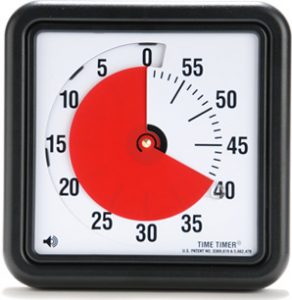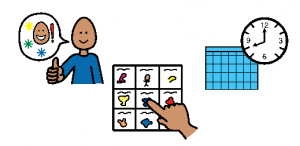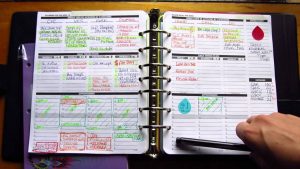Visual supports with visuals
Visual Supports
Here it is -the visual supports post with visuals! Take a look at this post NOW-with some visuals! Is it easier to digest? Can it hold your attention? provide meaning? Is it memorable?
Many students with disabilities are now included in general education classes for a majority of their school day. Roa and Gagie (2006)There are many ways to support the variety of strengths and needs our students demonstrate. One of the most powerful strategies is VISUAL SUPPORTS
Use of Visual supports includes
⇒
Concrete items
_
symbols or printed words
and/or a combination of these.
Research shows that visual cues help us to better store and recall information.
Our brain processes images more effectively than words.
Try this-write down 5 words on 5 flash cards. Then write down 5 words with pictures on 5 flash cards. Ask some friends to look briefly at each of the first set of flash cards and then 2 minutes later tell you what was on them. The number they remember correctly is their recall score. Repeat this exercise with the flashcards that have words and pictures. Which 5 flash cards was their recall score higher? The findings on visual learning make complete sense when you consider that the part of our brain dedicated to visual processing vs. word processing is much larger! More of our sensory cortex is devoted to vision.
These visual supports may assist children in their ability to maintain attention, understand spoken language, and sequence and organize their environment (Hodgdon, 1995).
ROA AND GAGIE’S (2006) REASONS TO WHY YOU SHOULD USE VISUAL SUPPORTS:
– They are part of everyone’s communication system.
– They can attract and hold a student’s attention.
– They enable the student to focus on the message and reduce anxiety.
– They make abstract concepts more concrete for the student.
– They help the student express his or her thoughts.
– They help all students.








